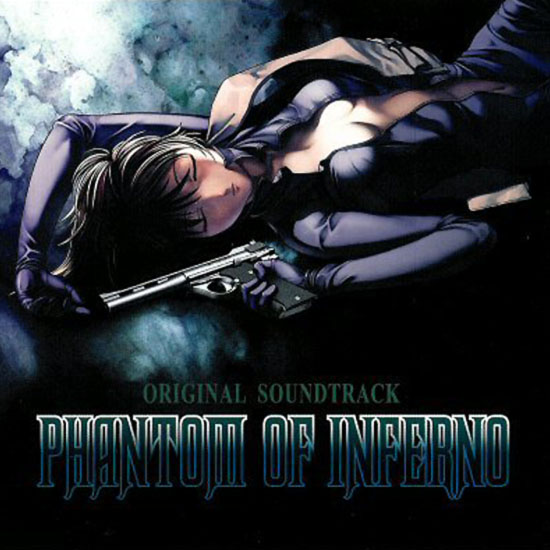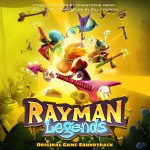Phantom of Inferno is one of a handful of mature graphic adventures to be properly localized for Americans. The now-defunct publisher Hirameki International released an “interactive DVD” version of the game (playable on PCs or any DVD player), which is how I first heard of the title and was introduced to Japanese developer Nitroplus.
The game tells a story of a crime syndicate and a group of elite assassins who work for the group. When you, as the game’s protagonist, try to leave the group, you are marked as their next hit. That’s what you get for leaving! Of course, some very scantily clad ladies are the ones hunting you down. Surprisingly, though, the mature content comes more in the form of the game’s dark tones and violence than any sort of blatant sexuality.
The soundtrack, however, finds plenty of room for soft, ambient jazz tracks amidst the chaos of the plot. And for those chaotic times, well, there’s music for that too. For a more detailed look/listen, check out the full review for the two disc soundtrack after the jump!
Now, this soundtrack exists in physical form. In fact, there are two variants in Japan: a PC version and PS2 version soundtrack. However, for quick and easy procurement, I recommend heading to JapanFiles to pick up the soundtrack in digital (mp3) format.
For such a dark game, you might think this is a lot of industrial music, distorted guitar, etc. Surprisingly, while that kind of music can be found, particularly in the opening track, it’s generally a hard-to-find soundscape. More often, we find classy jazz music, like “Cal,” or simple instrumental ballads with piano and one woodwind instrument (piano and oboe on “Cohabitat,” or piano and violin on “Mellow,” as some examples). Then there’s music that’s so soft that it’s actually creepy. For example: the short music box track “Jesus Is Calling.” The name adds to the creepiness.
The quality of the sound is impressive. The music is almost all sequenced MIDI, but you’d be hard-pressed to tell the difference. This is “the good stuff,” so to speak. There are some live instrumental recordings as well, but they are rare.
My least favorite thing about the soundtrack? The vocals. “Promised Land,” “Fly,” and “Silence” are the culprits. The vocalist, “Hassy,” has a nice voice; but two of the three pieces are in English, and the Engrish is strong with this singer. Thus, my favorite track is “Silence,” which is sung in Japanese.
The second disc features three versions of each vocal track (total 9 tracks). First is the original recorded versions, followed by the karaoke (instrumental) versions, then instrumental remixes of the tracks. In-game versions of these vocals are found on the first disc.
On JapanFiles, you can purchase individual tracks, and you can also purchase albums by disc. In that case, I do highly recommend fans of VGM check out the excellent, soothing jazz compositions on disc one. As for disc two, I don’t think the vocals have much intrinsic value. Fans of the game may enjoy having both discs as a supplement to having played the game (and, if I may make mention of it, the game Phantom of Inferno is itself totally worth checking out).
Do any of our readers know about Hirameki or these Nitroplus titles? If so, talk about it in the comments below! Furthermore, what are your thoughts on groups like JapanFiles offering low-cost, reliable digital distribution for import albums?
Tags: Hassy, Hirameki, Japanfiles, Jazz, Kenny K, Music Reviews, NITROPLUS, Phantom of Inferno, Reviews, Toshimichi Isoe, Zeal Blood








































